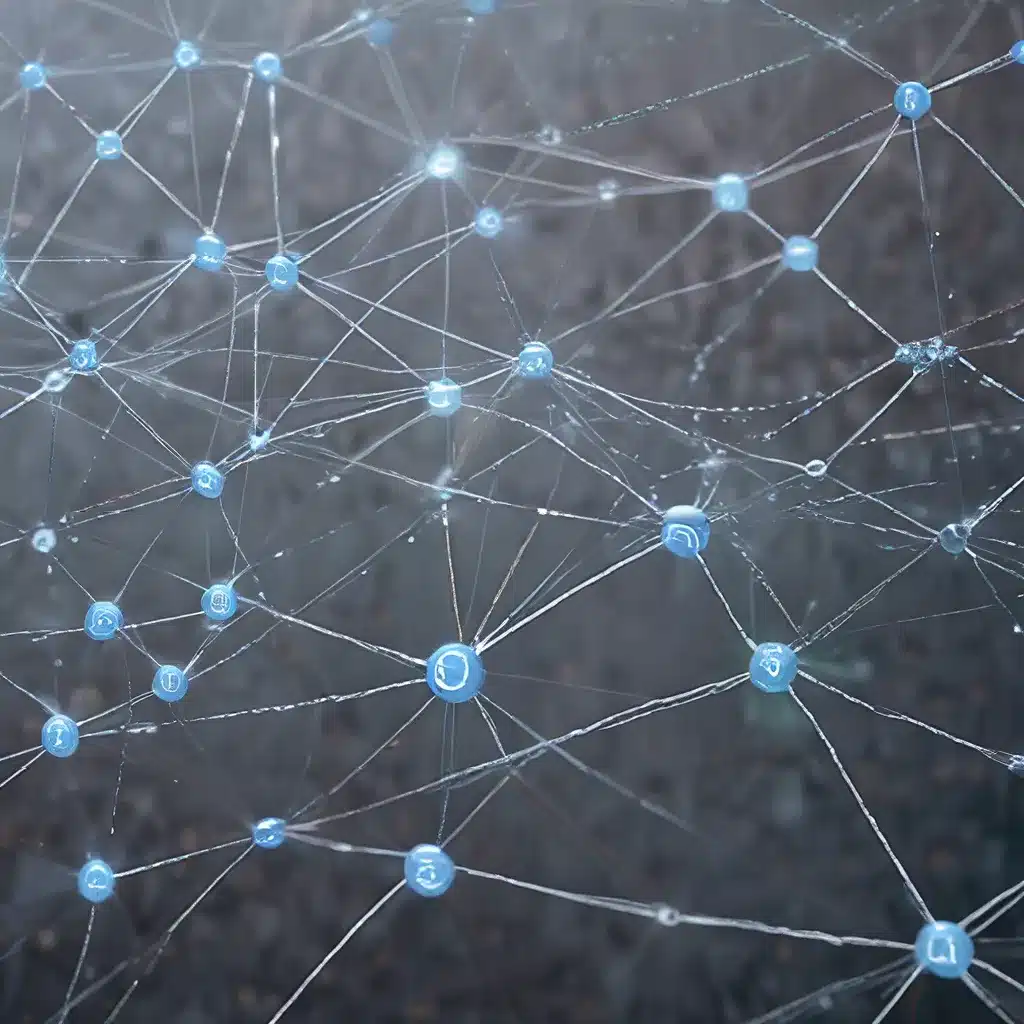
In the rapidly evolving world of sensor networks and the Internet of Things (IoT), the demand for reliable, scalable, and self-healing systems has become paramount. As these technologies continue to permeate various industries, from smart cities to industrial automation, the need for robust network architectures that can withstand failures and adapt to changing conditions has never been more pressing. One innovative approach to addressing these challenges is the integration of cellular automata (CA) into the design and management of sensor network topologies.
Cellular Automata: The Backbone of Resilient Networks
Cellular automata are dynamic, discrete systems characterized by a grid of cells, each in one of a finite number of states. The state of each cell changes over time according to a set of rules that depend on the states of its neighboring cells. This inherent decentralized and localized decision-making process makes cellular automata an intriguing choice for modeling and enhancing the resilience of sensor network topologies.
The reversibility of many cellular automata systems is a particularly valuable feature in network management. If a node fails or a data transmission error occurs, the system can revert to a previous state before the failure, effectively providing a self-healing capability. Furthermore, the local interaction rules in cellular automata can lead to complex global behaviors, enabling the network to dynamically adapt to changes and failures, offering a more flexible and robust approach to network design.
Enhancing Fault Tolerance and Load Balancing
One of the primary advantages of incorporating cellular automata into sensor network design is the significant boost in fault tolerance and load balancing. In a conventional centralized network, the failure of a central node can cripple the entire system. However, in a CA-based network, each node operates independently, following a set of local rules. If one or more nodes fail, the impact is generally localized, and neighboring nodes can continue to function normally, potentially adapting their behavior to compensate for the failure.
This decentralized nature of cellular automata also enables enhanced load balancing across the network. By conceptualizing each cell in the automaton as a separate computational node, simple yet effective rules can be employed to manage how computational tasks are distributed across the network. For instance, a round-robin scheduling algorithm could be emulated by cyclically assigning tasks to each node, ensuring an even distribution of the computational load over time. Alternatively, a zigzag pattern could be utilized to dynamically adjust the task distribution based on the varying workload at different nodes, further optimizing efficiency and reducing bottlenecks.
Efficient Information Dissemination and Scalability
In addition to improving fault tolerance and load balancing, cellular automata can also play a crucial role in facilitating efficient information dissemination within sensor networks. The inherent properties of cellular automata, such as the majority rule and the Rule 110 algorithm, have been shown to be effective in propagating information and reaching consensus across the network.
The parallel processing capabilities of cellular automata also contribute to their scalability. By leveraging the discrete nature of the cellular automaton, computations can be initiated and progressed simultaneously across multiple rows or columns, effectively distributing the processing load and reducing overall computation time. This flexibility in defining computational rules and boundary conditions enhances the adaptability of cellular automata in various sensor network applications, from simple data processing tasks to complex simulations of physical systems.
Security Challenges and Mitigation Strategies
As sensor networks and IoT systems become more prevalent, the security of these systems has become a critical concern. Cellular automata-based network topologies can offer potential solutions to address these security challenges.
One key security aspect is fault tolerance against cyber attacks. The decentralized nature of cellular automata networks reduces the impact of a single point of failure, making it more resilient against targeted attacks. Additionally, the self-healing capabilities of these systems can help quickly recover from any security breaches, minimizing the disruption to the overall network operations.
Furthermore, the information dissemination mechanisms inherent in cellular automata can be leveraged to enhance the early detection and containment of cyber threats. By monitoring the propagation of information and identifying any anomalies or deviations from the expected patterns, the network can potentially detect and respond to security incidents in a timely manner.
Energy-Efficient Sensor Network Design
In the realm of sensor networks, energy management is a critical consideration, as many of these devices are often deployed in remote or inaccessible locations, relying on limited power sources. Cellular automata can also play a crucial role in optimizing energy consumption and extending the operational lifetime of sensor networks.
By modeling the energy usage and resource allocation within the cellular automaton framework, energy-efficient routing algorithms can be developed to minimize power consumption while maintaining the desired level of network performance. Additionally, the adaptive and self-healing capabilities of cellular automata can help sensor nodes dynamically adjust their energy usage based on changing environmental conditions or network demands, further enhancing the overall energy efficiency of the system.
The Future of Sensor Networks: Embracing Cellular Automata
As the demand for reliable, scalable, and resilient sensor networks continues to grow, the integration of cellular automata into the design and management of these systems is becoming increasingly compelling. The inherent properties of cellular automata, such as decentralized control, reversibility, and complex global behaviors, make them a promising solution for addressing the various challenges faced by modern sensor networks and IoT applications.
By leveraging the advantages of cellular automata, network architects and developers can create more robust, fault-tolerant, and self-healing sensor network topologies that can adapt to changing conditions, efficiently distribute computational tasks, and securely transmit critical data. As the field of sensor networks and IoT continues to evolve, the incorporation of cellular automata-based approaches will undoubtedly play a crucial role in shaping the future of these technologies, ultimately contributing to a more resilient and sustainable digital landscape.
To stay informed about the latest advancements and industry insights, please visit the Sensor Networks website regularly.